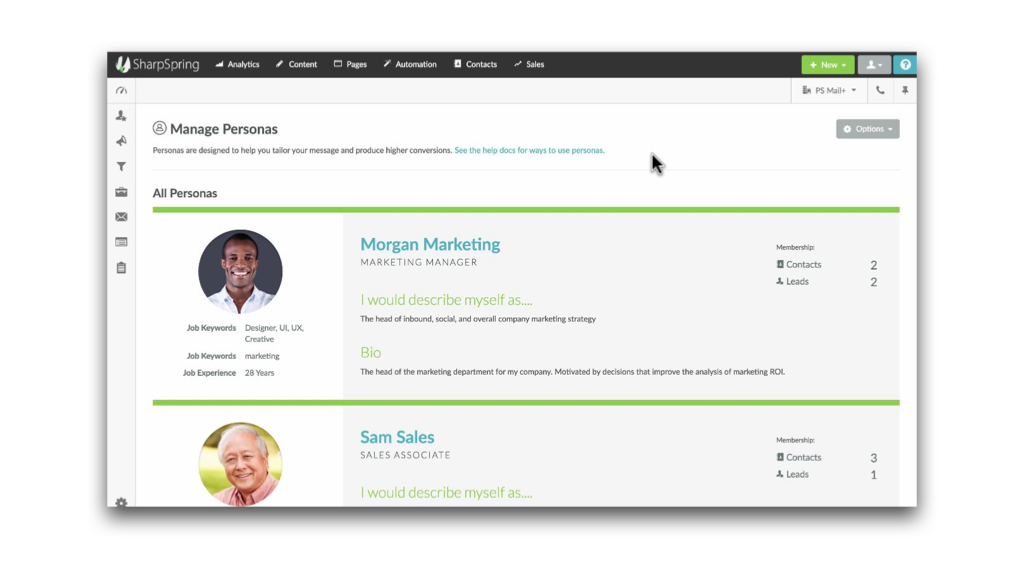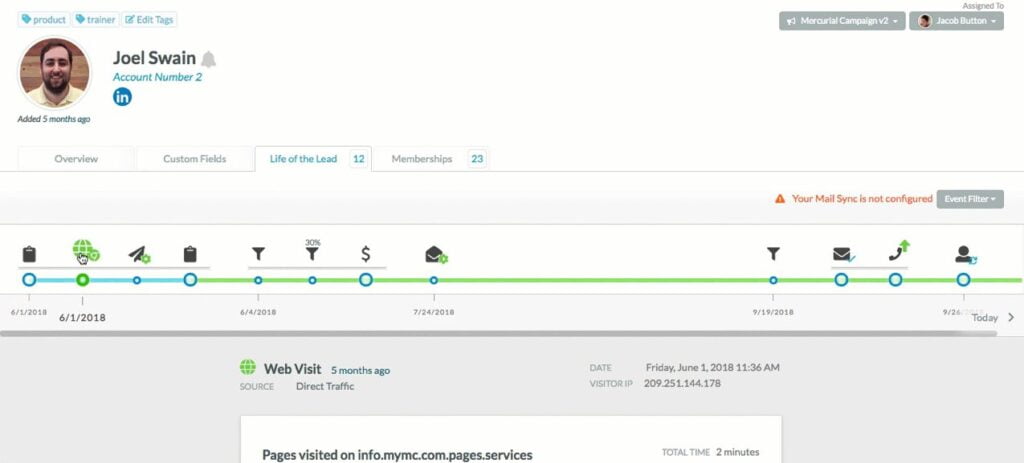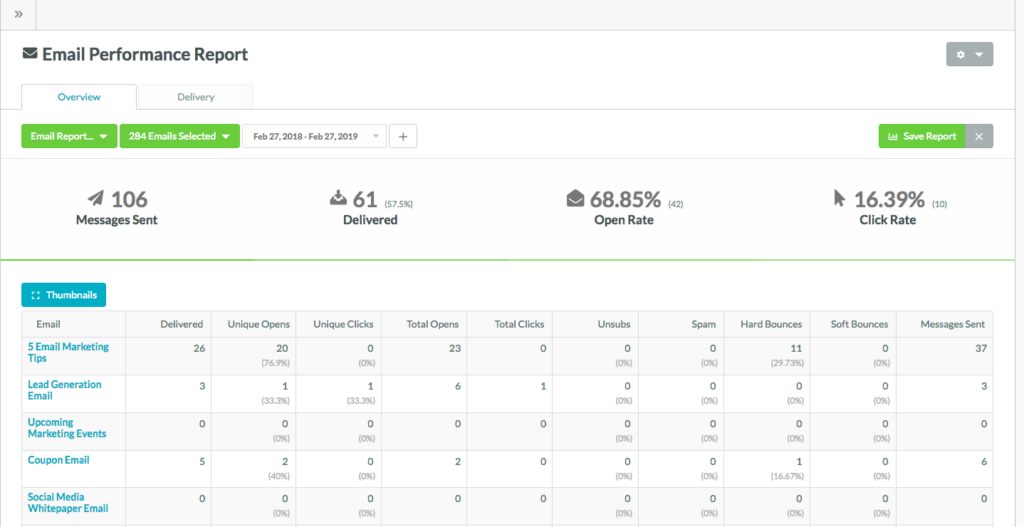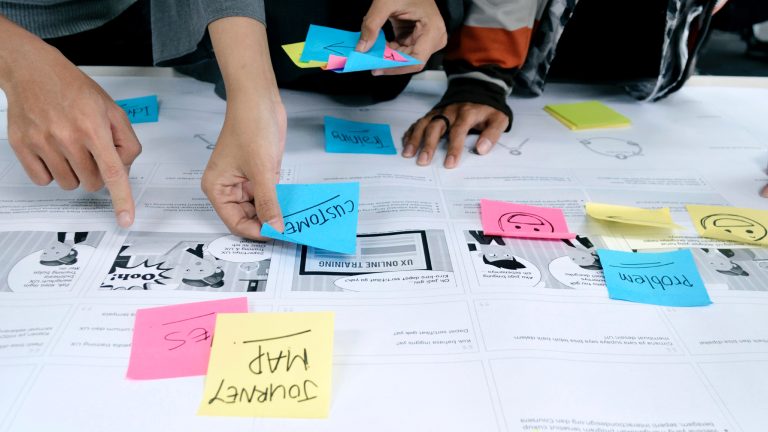A customer journey describes every touchpoint a customer has when interacting with your brand, products, or services. Contrary to popular belief, customer journeys can be explored both internally and externally. But more importantly, the journey extends to more than just the purchase experience; It begins in the early moments where a prospect becomes aware of your brand, to when they convert to a customer.
In today’s world of digital marketing, the customer journey map is vital to understand how your customers and prospects are interacting with your brand. Analysing this will help determine what channels you should be utilising to market your brand, product(s) or service(s) and how you can build upon current marketing activities.
1. Set clear objectives
Before creating your customer journey, you will first need to ask yourself:
- What is the purpose of the customer journey map?
- What are some of the goals are you trying to achieve with this map?
- Who is this specifically about?
To answer these questions, you would need to create a buyer persona. A clear persona in mind would help you direct every aspect of your customer journey map towards them.
A buyer persona is a fictitious character with demographics and psychographics that is meant to represent your average customer.


Customers often form their first impression based on those seven initial interactions. As a result, knowing your touchpoints and making sure that each of them provides your customers with a good enough experience to keep coming back should always be a top priority for your business. Once you have identified those touchpoints, you can improve customer experience with personalised messaging that resonates with them as you already understand their requirements better.
2. Identify touchpoints that matter
Did you know?
It takes an average of 7 interactions with your brand before a purchase will take place
(Source : REVE Chat)
Customers often form their first impression based on those seven initial interactions. As a result, knowing your touchpoints and making sure that each of them provides your customers with a good enough experience to keep coming back should always be a top priority for your business. Once you have identified those touchpoints, you can improve customer experience with personalised messaging that resonates with them as you already understand their requirements better.


With personalisation, it makes customers feel as though they have been seen and heard. In turn, this may help foster brand loyalty, and even brand evangelism!
3. Determine the resources you have and what is required
It is important to identify the resources you already have in hand and the ones you will require in order to create a successful customer journey. For example, your customers may not know where to find more information about your business after they’ve signed up for a webinar. Moreover, you may not have sufficient manpower to do follow-ups with each lead to keep them updated.
However, there are various Marketing Automation tools such as SharpSpring that would be able to help you keep your leads informed automatically. By implementing automated marketing processes, you can:
- Nurture your leads continuously
- Increase conversions with email drip campaigns
- Cut operational costs up to 40%
4. Analyse the results obtained
Once your customers have converted (or if they haven’t), the next step would be to analyse the data you have collected. It is important to spot trends in your performance to understand your customer better, which can help improve your customer journey. You may think about:
- How many emails have been opened but had no link clicks?
- How many people visited your website but did not make a purchase?
- How quickly is your support team in following up with leads?
By asking these questions and using a data-driven approach, you will be able to identify where your customers’ needs are not being met. From there, you can have a clearer understanding and be sure that you are providing valuable and meaningful experiences to your customers. Ultimately, the customer journey map remains hypothetical until you have tested it out for yourself and analysed the results.


Marketing Automation tools such as SharpSpring have analytics reports that are automatically created for you, so you can leave the data crunching to the platform. This means less time coming up with sales reports, and more time analysing and coming up with solutions to improve your customer journey!
5. Apply corrective action
Once the data has been analysed, you will have sufficient findings to make the necessary changes to further improve your customer journey and experience! Here are some proven tips on what we’ve noticed from our clients:
- Use email subject lines that provide value
- Ensure CTAs are relevant and placed prominently on all digital marketing materials
- Ensure your digital marketing materials are mobile-responsive
No matter how big or small these changes are, they all play a major role in fostering a better experience for your customers.
What's next for you?
Customer journey maps are a constant work in progress and should be reviewed regularly, whether on a monthly or quarterly basis. Being consistent with your improvements will help identify gaps and opportunities to streamline your customer journey and experience further.
Remember to always utilise a data-driven approach and listen to your customers’ feedback to check for any roadblocks that require immediate attention.





